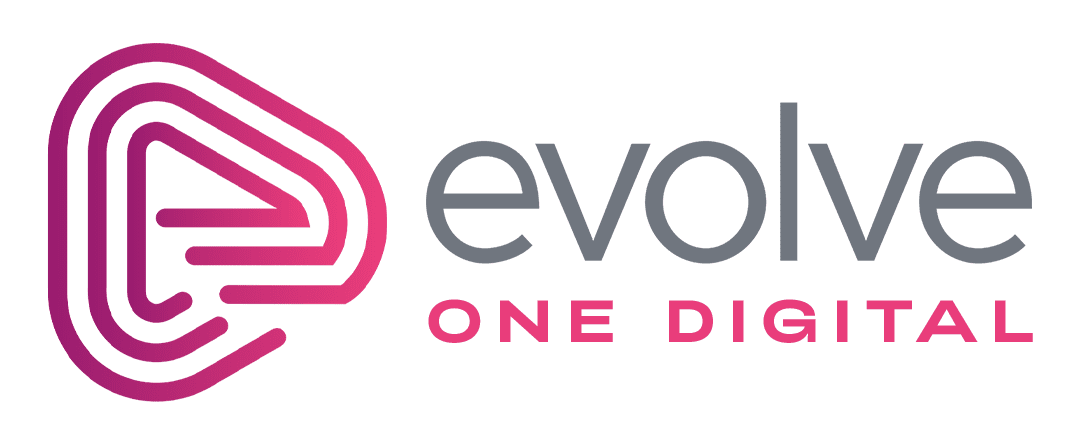In today’s fast-paced digital landscape, many local businesses find themselves grappling with ineffective digital marketing strategies that fail to resonate with their target audience. Often, the crux of these marketing failures lies in a lack of strategy and a disconnect from the core principles of understanding the target audience and leveraging effective local marketing tactics. By embracing tailored local business strategies, entrepreneurs can not only enhance customer engagement but also elevate their brand authority within the community. This guide sheds light on proven digital marketing tips and explores the transformative power of aligning brand development with performance marketing frameworks. Join us as we dive into the nuances of crafting a robust digital presence that speaks directly to your local clientele, ensuring your business thrives in this competitive era. For more ideas, you can explore local marketing strategies.
Understanding the Target Audience
To create effective digital marketing strategies, understanding your target audience is paramount. This involves identifying their needs and analyzing their behaviors. Knowing what your customers want and how they interact with your brand can help tailor your marketing efforts to their preferences.
Identifying Local Customer Needs
Identifying local customer needs begins with conducting thorough market research. This involves gathering data on what your customers value most and what influences their purchasing decisions. Start by leveraging tools like surveys and focus groups to gather qualitative insights.
- Conduct Surveys: Ask your customers directly about their needs and preferences.
- Focus Groups: Gather a small group of local customers to discuss your product or service offerings.
- Analyze Competitor Offerings: Understand what needs your competitors are fulfilling.
For example, a local café might identify a need for more vegan options by surveying their patrons. This insight can lead to menu adjustments that better meet local demand.
A study by the SBA suggests that businesses focusing on customer needs see a 20% increase in customer retention. This highlights the importance of understanding and adapting to local customer expectations.
Analyzing Audience Behaviors and Preferences
Analyzing audience behaviors involves using analytics tools to monitor how your audience interacts with your marketing channels. Tracking metrics such as website visits, social media engagement, and purchase history can provide valuable insights.
- Website Analytics: Tools like Google Analytics can track visitor behavior on your website.
- Social Media Insights: Platforms such as Facebook and Instagram offer insights into post engagement and audience demographics.
- Purchase History: Reviewing transaction data helps identify popular products and buying patterns.
A local retailer might notice that promotions shared on Saturdays receive higher engagement. Armed with this data, they can optimize their marketing schedule. According to Local Falcon, businesses utilizing these insights effectively adjust campaigns to enhance engagement and drive sales.
Effective Local Marketing Tactics
Effective local marketing tactics involve creating compelling content and optimizing your online presence. These tactics ensure your brand remains visible and attractive in a competitive market.
Leveraging Compelling Social Media Creative
Creating compelling social media content can capture the attention of your audience and foster engagement. Start by crafting visually appealing and relatable content.
- Visual Content: Use high-quality images and videos to capture attention.
- Engaging Stories: Share authentic stories that resonate with your audience.
- Hashtags: Utilize relevant hashtags to increase discoverability.
A local boutique might post daily outfit inspirations using popular fashion hashtags. This kind of content not only engages followers but also attracts new customers. Wordstream highlights the importance of creative storytelling in increasing social media reach and brand loyalty.
Utilizing Local SEO Strategies
Local SEO strategies enhance your visibility in search results, making it easier for potential customers to find you online. Optimizing for local search involves several key steps.
- Optimize Google My Business: Ensure your business information is accurate and complete.
- Use Local Keywords: Incorporate location-specific keywords into your website content.
- Encourage Customer Reviews: Positive reviews can boost your search ranking and credibility.

A local restaurant might enhance its online visibility by optimizing its Google My Business profile with updated menus and customer reviews. WareSpace emphasizes the role of SEO in attracting local clientele and improving online presence.
In order to be noticed on Google Maps, many businesses need help beyond these tactics. Utilizing Evolve One Digital’s proprietary Local SEO solution can boost your Google listing to the Map Pack and start to attract more customers.
Harnessing the Power of Digital Ads for Local Market Domination
In the realm of local marketing, digital ads emerge as powerful tactics in building brand awareness and driving inbound leads. When executed strategically, paid advertisements can elevate your business’s visibility and position your brand as a household name in your community.
Amplifying Brand Awareness
Digital ads act as the megaphone for your brand, broadcasting your message with precision to targeted audiences. By leveraging platforms such as Google Ads, Facebook, and Instagram, businesses can craft personalized campaigns that resonate with specific demographics and interests.
- Targeted Reach: Utilize advanced targeting options to zero in on potential customers based on location, age, and purchasing behaviors, ensuring your brand message reaches the right eyes.
- Retargeting: Engage previous website visitors and nudge them towards conversion by presenting tailored ads that remind them of your unique offerings.
- Dynamic Creative: Employ dynamic ads that automatically adapt based on user interactions, making your marketing more relevant and impactful.
Generating Inbound Leads
Harnessing the power of paid ads extends beyond brand visibility—it becomes a catalyst for generating quality leads. High-performing ads can funnel warm prospects directly to your sales funnel, driving conversions and boosting business performance.
- Lead Magnets: Create enticing offers in your ad content, such as free trials or exclusive discounts, to capture potential leads’ attention and encourage action.
- Conversion Tracking: Implement robust tracking mechanisms to analyze your ad performance and continually optimize campaigns for maximum ROI.
- Landing Page Optimization: Ensure your landing pages are laser-focused on conversion, with clear CTAs and compelling content that aligns seamlessly with your ads.
Incorporating digital ads into your local marketing strategy is not merely a tactic—it’s a transformative approach that positions your business as a leader in the competitive landscape. By harnessing these ads’ potential, you’re not just advertising; you’re crafting a foundation of brand authority and customer engagement, paving the way for sustainable growth and success.
Overcoming Marketing Failures
Overcoming marketing failures requires a robust strategy and the agility to adapt. By learning from past mistakes, businesses can refine their approach and achieve better results.
Building a Robust Digital Strategy
Building a robust digital strategy involves aligning your marketing efforts with clear business objectives. Begin by setting measurable goals and creating a detailed plan.
- Define Objectives: Identify what you want to achieve with your marketing efforts.
- Develop a Plan: Create a step-by-step approach to reach your objectives.
- Allocate Resources: Ensure you have the necessary tools and budget to execute your strategy.

A case study from WareSpace illustrates how a small business increased its online sales by 30% after restructuring its digital strategy to focus on targeted advertising and content marketing.
Implementing Feedback and Adaptation
To continuously improve, businesses must implement feedback mechanisms and adapt strategies accordingly. Listening to your customers and analyzing campaign performance are vital steps.
- Gather Feedback: Use surveys and social media to collect customer opinions.
- Analyze Results: Regularly review campaign metrics to identify areas for improvement.
- Adjust Strategies: Modify your approach based on insights from feedback and data.
According to Local Falcon, businesses that actively seek and act on customer feedback can significantly enhance their marketing effectiveness, leading to increased customer satisfaction and loyalty.
In conclusion, the unparalleled significance of local marketing for business owners cannot be overstated. In an era where digital noise is ubiquitous, cutting through it with targeted, locality-focused strategies is not just beneficial—it’s essential. By deeply understanding local customer needs and behaviors, businesses can craft personalized experiences that foster community trust and loyalty. Local marketing tactics, from bespoke social media content to strategic SEO implementations, provide the foundational elements for establishing a commanding presence in your specific market. These efforts ensure not only increased visibility but also create enduring relationships with customers who see your brand as an integral part of their community fabric. Embracing local marketing is more than a competitive advantage; it is the cornerstone of sustainable business growth and success. Business owners who prioritize this approach will undoubtedly lead the way in defining the future of localized commerce.






